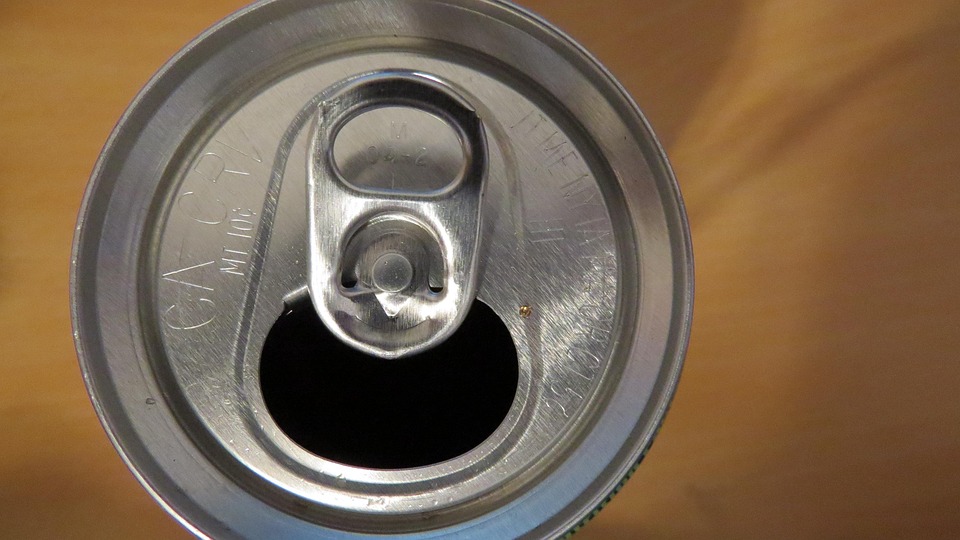Can Water Heater Cause Low Water Pressure

We've all been there: you crank open the shower tap, anticipating a glorious cascade of invigorating H2O, only to be met with a pathetic dribble. It's like expecting the roaring exhaust note of a finely tuned V8 and getting the wheeze of a dying hamster. But before you blame the city's infrastructure or your mischievous neighbors, could the culprit be lurking in your basement... your water heater?
Today, we're diving deep into the often-overlooked world of water heaters, investigating if and how these unsung heroes of home comfort can actually throttle your water pressure. Think of it as a diagnostic deep dive, comparing different models and technologies to see which ones are more prone to causing flow-related headaches.
The Suspects: Tank vs. Tankless
The water heater landscape is dominated by two main contenders: the traditional tank-style heater and the increasingly popular tankless (or on-demand) model. Each has its own set of characteristics that can impact water pressure.
Tank-Style Water Heaters: These are the veterans, the workhorses of hot water provision. They consist of a large, insulated tank that constantly heats and stores water. Think of them like a reservoir of ready-to-use hot water, always on standby.
Tankless Water Heaters: The newcomers, the fuel-efficient sprinters. They heat water only when you need it, eliminating the need for a storage tank. Imagine a super-responsive turbocharger, delivering hot water on demand.
How They Can Crimp Your Flow: A Comparative Analysis
Let's break down the potential pressure-killing culprits associated with each type:
Tank-Style Water Heaters:
Sediment Buildup: Over time, minerals and debris accumulate in the bottom of the tank. This sediment restricts water flow, reducing both pressure and the heater's efficiency. It's like a clogged exhaust system on your classic muscle car – performance suffers. The impact is more pronounced at fixtures further from the heater due to pressure loss from friction along the pipe length.
Corrosion: Rust and corrosion can narrow internal pipes and connections, creating bottlenecks that impede water flow. This is akin to rust creeping into the intake manifold, hindering airflow and performance.
Dip Tube Failure: The dip tube directs cold water to the bottom of the tank for heating. If it cracks or disintegrates, cold water mixes with the hot water at the top, potentially impacting perceived pressure and temperature stability.
Spec Table: Tank-Style Water Heater Pressure Pitfalls
| Issue | Impact on Water Pressure | Likelihood (Over Time) |
|---|---|---|
| Sediment Buildup | Moderate to Significant Reduction | High |
| Corrosion | Moderate Reduction | Moderate |
| Dip Tube Failure | Minor, Primarily Temperature Related | Moderate |
Pros:
- Lower upfront cost.
- Simpler installation.
- Can handle multiple simultaneous hot water demands (depending on tank size).
Cons:
- Susceptible to sediment buildup and corrosion.
- Continuous energy consumption to maintain water temperature.
- Can contribute to low water pressure issues over time.
Tankless Water Heaters:
Undersized Unit: The most common culprit. If the unit's flow rate (measured in gallons per minute, or GPM) is insufficient to meet your household's peak hot water demands, you'll experience a pressure drop when multiple fixtures are used simultaneously. It’s like expecting a four-cylinder engine to pull a fully loaded trailer up a steep hill – it's simply not powerful enough.
Clogged Inlet Filter: Tankless heaters have an inlet filter to prevent debris from entering the unit. A clogged filter restricts water flow, reducing pressure. Think of it as a dirty air filter starving the engine.
Hard Water Issues: Mineral deposits can build up inside the heat exchanger, reducing its efficiency and restricting water flow. This is like carbon buildup in the engine, reducing compression and power.
Spec Table: Tankless Water Heater Pressure Pitfalls
| Issue | Impact on Water Pressure | Likelihood (Depending on Water Quality and Usage) |
|---|---|---|
| Undersized Unit | Significant Reduction (During Peak Demand) | Moderate (If not properly sized) |
| Clogged Inlet Filter | Moderate Reduction | Moderate |
| Hard Water Issues | Moderate Reduction (Over Time) | High (In areas with hard water) |
Pros:
- On-demand hot water, endless supply.
- Energy efficient (no standby heat loss).
- Space-saving design.
Cons:
- Higher upfront cost.
- Requires proper sizing to meet household demands.
- Can struggle to provide consistent pressure with multiple simultaneous demands if not adequately sized.
Real-World "Driving" Impressions
I recently had a tank-style heater fail after 10 years. Switching to a properly sized tankless unit was like swapping a tired, underpowered engine for a brand-new, high-performance powerplant. The difference in hot water availability and responsiveness was immediately noticeable. However, my neighbor, who opted for a smaller tankless unit to save money, regularly complains about pressure drops when his family is showering and doing laundry simultaneously. He's essentially redlining the poor thing!
Another acquaintance experienced a gradual pressure decline with their tank-style heater. Regular flushing of the tank every six months could have saved them from a similar fate.
The Verdict: It Depends
Can a water heater cause low water pressure? Absolutely. But the extent and nature of the problem depend on the type of heater, its age, your water quality, and your usage patterns. Regular maintenance, proper sizing, and understanding the limitations of your chosen technology are key to ensuring a consistently satisfying hot water experience.
So, what do you think? Are tankless heaters overhyped? Or is the convenience worth the higher upfront cost and potential sizing headaches? Let the debate begin!
